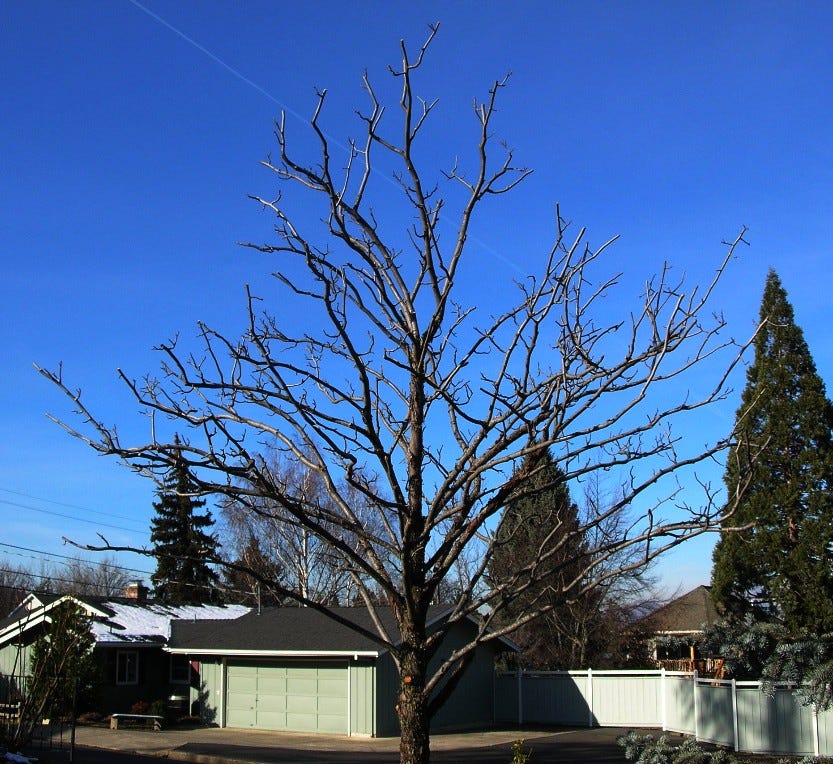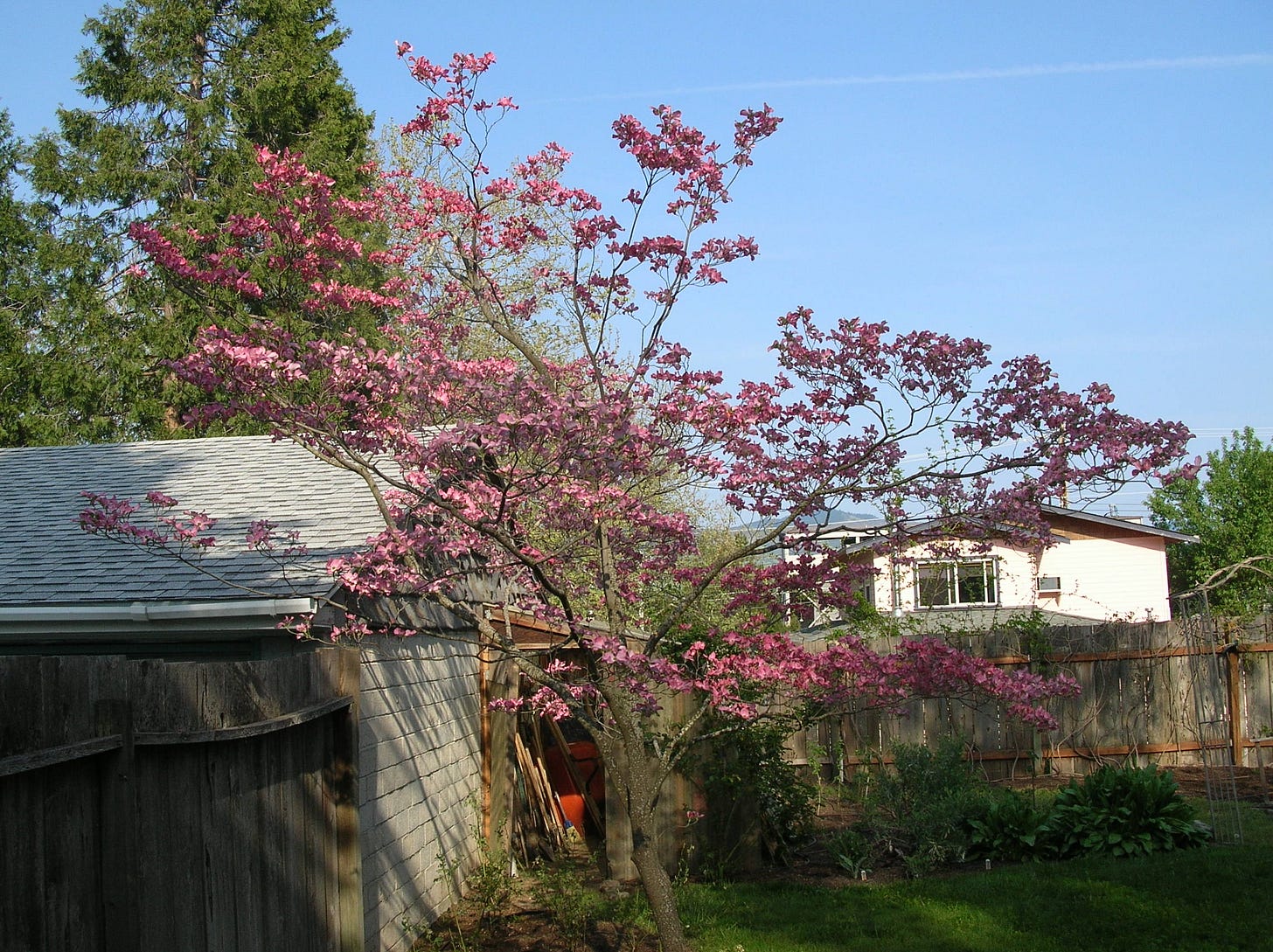What Pruning Does to Plants and Prune Like a Pro
Now is an ideal time of year for pruning trees and shrubs. When you prune in winter or early spring, you can see the whole structure because no leaves skew the view. Except for evergreen plants, they are green all year round. This makes pruning easier, especially for total restructurings. It's also easier on your plants for major cutbacks, because the energy/juices are more down in the roots.
What Pruning Actually Does To Plants
Pruning cleanses a plant. It frees up where the structure has started to overlap in ways that degrade the movement of energy, that in-turn suppresses outbound growth, and blocks the full range of flow that particular plant has.
Pruning Like A Pro - The Basics
-- First: make sure all your pruning tools are clean and sharp before starting your project. This makes for cleaner cuts and ease of cuts.
-- Start at the base of your tree/shrub, removing any suckers that may be growing there. Remove any debris or dirt piled up on the feeder roots at the base if they are buried too low. Remember that trees and shrubs planted too low in the ground is one of the major causes of plant health problems. No amount of pruning, soil amending, watering, or fertilizing can fix this. Planting trees and shrubs is something that should be done right from the start to avoid this problem.
-- Next: work your way up pruning branch-by-branch, feeling out each cut step-by-step. If you are unsure about any cuts, stop and take a step away from your work and look at the entire tree/shrub so you can see the bigger picture before you make the next cut.
-- Check for signs of disease and pull off any moss as you are working your way to the top. The crab-apple tree above and the pink flowering dogwood tree to the right are great examples of how a tree should look after being pruned.
-- Your goal in being a great pruner is to direct and shape the structure so it is balanced, open, beautiful, and supportive of the unique tree/shrub you are working with. You are crafting space for it to grow freely, both within its own system and in relational spacing to its neighboring plants and other physical structures like your house for example.
You can also start at the top and work your way down. Doing it this way makes cleanup easier because you work with gravity, where the cutting fall as you work your way down to the ground.
I learned how to prune by doing it, and seeing how the plant I'm working with flows inside of the unique ecology of each garden I work in. I go through the entire plant with care and precision, working with every branch within the context of the whole structure.
Here is the most recent review of my work:
"I was initially impressed with James (Oregon Ground Works) when I watched him undertake a project on a neighboring property. I subsequently hired him to help me with my yard and was very pleased with everything about the interaction. His ability to listen to what the client wants, take good notes, communicate clearly, and accomplish the work with care and thoughtfulness, are exceptional. His personal qualities of reliability and genuine desire to make the client happy, along with his experience and capacity to complete the work exactly as promised, set him apart. I will look forward to working with him again."
Lenore Shisler
Ashland, OR
Straight Up & Free with James D is a reader supported publication.
If you found this valuable and educational, and appreciate the craftsmanship and care I bring in providing this content, please consider upgrading your subscription to support my work. You can also give a gift subscription, or make a one time donation.
Thank you!



